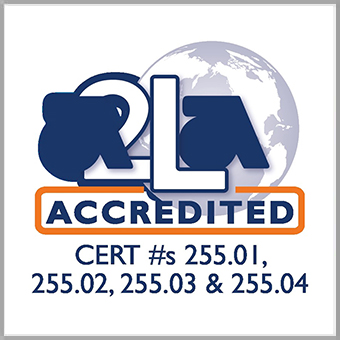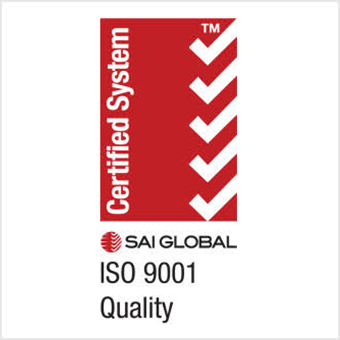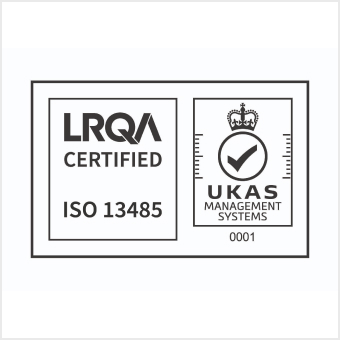Elastomer/Rubber Chemistry – (Approximately 4 Hours)
A. Polymer Overview
1. Polymerization and Polymer Manufacture – Major Polymerization Methods
2. Polymer Terminology and ASTM Polymer Nomenclature
3. Distinct Regions Over Temperature Range–Glassy, Tg, Rubbery, Flow
4. Viscoelastic Curves–Elastic Modulus, Viscous Modulus, Tan Delta
5. Time-Temperature Superposition Theory
6. Viscoelastic Properties
7. Chemical Structural Features that Affect Tg
B. Common Elastomers
1. NR: IR, Cis-1,3-polyisoprene Rubber
2. SBR: Styrene Butadiene Rubber
3. BR: Butadiene Rubber
4. EPDM: Ethylene Propylene Diene Rubber
5. IIR: Butyl Rubber, CIIR: Chlorobutyl Rubber, BIIR: Bromobutyl Rubber
6. Nitrile Rubbers: NBR, HNBR, XNBR
7. CR: Neoprene Polychloroprene Rubber
8. CSM: Chlorosulfonated Polyethylene Rubber
9. ECO: Epichlorohydrin Rubber
10. ACM: Polyacrylic Rubber
11. Silicone Rubber
12. AEM: Ethylene-acrylic Rubber
13. FKM: Fluorocarbon Rubber
14. TPE: Thermoplastic Elastomers
15. AU/EU/TPU Urethanes
C. Comparison of Elastomers Properties




